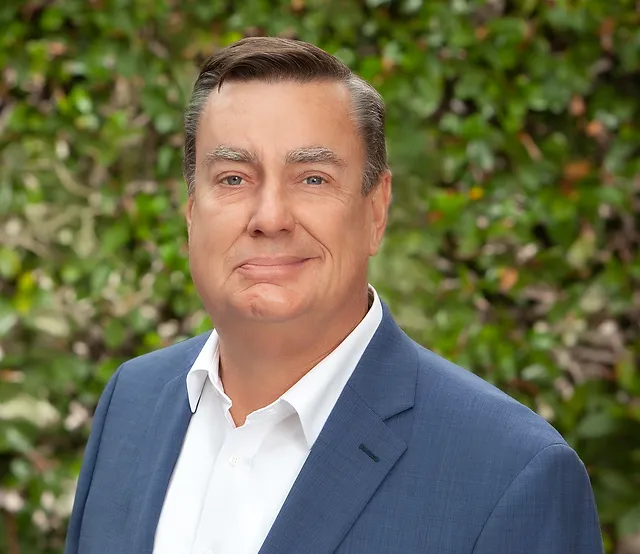Written by: Nathaniel Mannor
When most people think about voting, driving a short distance to a public building (school, rec center, restaurant, etc.), casting a paper ballot, and receiving their “I Voted” sticker comes to mind. This process takes five minutes for the average voter altogether, but anyone who has worked the polls for an election knows otherwise. As a poll worker for the 2021 gubernatorial recall election, I can attest that these proceedings are anything but quick and neat. So if you’re considering undertaking this task, there are a few things you should know.
For one, poll work is an eight-day ordeal. Training takes up the first two days, where it dawned on me how technical election proceedings are. Class starts at eight, where the instructors inform us of all the supplies we’d be in charge of, a list that spanned eight pages, as well as how to deal with disgruntled voters. The participants were surprisingly chipper and lit up the room, making me hopeful of the days to come. Our sessions conclude with a mock election at 4:45 each night as each prospective poll worker heads off home, anticipating the busy days to come.
The next day I arrived at my polling place at a local elementary school with five other eager election workers. We spent roughly six and a half hours setting up our equipment, such as the voting booths, BMDs (ballot marking devices) people voted on, and posting the voters’ bill of rights. Additionally, we programmed the EPBs (E-poll books) used to check-in and organized various envelopes of different ballots.
The three subsequent days involved early voting as polls opened at 8:00 am sharp (though we arrived at 7:30) with the traditional saying, “Here ye, here ye, the polls are now open.” When the first voter came, we had them look inside a white ballot box and yellow mail-in bag (for depositing ballots completed at home) before sealing them up to ensure voter integrity. Each day saw more voters than the last. I was tasked with showing Californians how to vote on the BMDs, which asks the two questions on the recall ballot and then allows the voters to print their ballot and deposit it into a white ballot box.
Other jobs involved greeting guests and handing out “I Voted” stickers, as well as checking people in using E-poll books to verify their information before they voted in the recall. Since most of the voting took place via mail-in ballots, I spent either reading “In The Arena” by Richard Nixon or watching Netflix and Youtube videos. This confirmed what I knew all along, that only in the government could you get paid for nothing.
We closed the polls at 5:00 pm with the saying “Here ye, here ye, the polls are now closed” and proceeded to count and sort the ballots before dropping them off at DART (Dispatch and Return Team). Finally, the big day came on September 14, 2021. Recall day.
We opened the polls at 7:00 after arriving at 6:30 in the morning with our usual mantra. Over 100 people showed up at our polling place, and I was swamped, having to run to each voting booth to inform yet another voter how the BMDs operated. After closing the polls for good, we began organizing the ballots to take to DART, though I was on my computer through it all, awaiting the results. We got out at around 9:30 that night.
Our last day involved packing up our supplies and resetting the room (ours was an auditorium) and saying our goodbyes hoping to work with one another in the future.
Working the election was arduous and tedious, and sometimes painful, but I wouldn’t change it for the world. This experience taught me self-discipline as I woke up at 5 am each morning to prepare for the day ahead. I also learned to swallow my pride as many voters expressed views contrary to mine (including the other poll workers), yet we all stayed focused on one thing: running a smooth election.
Photo from: Beth LaBerge/KQED




